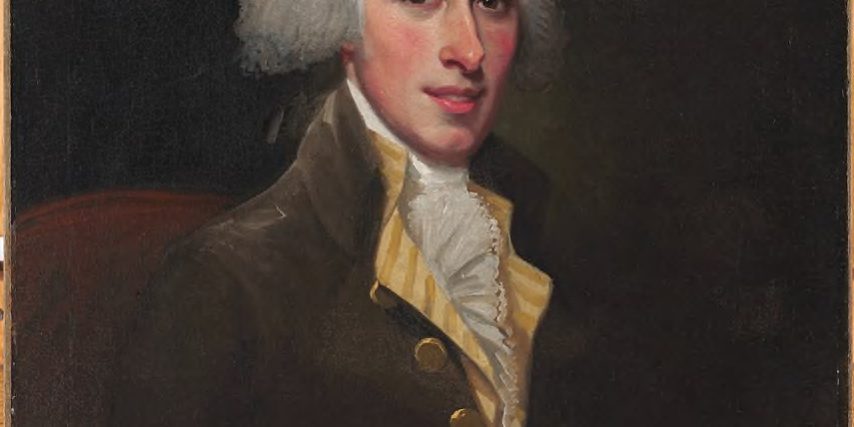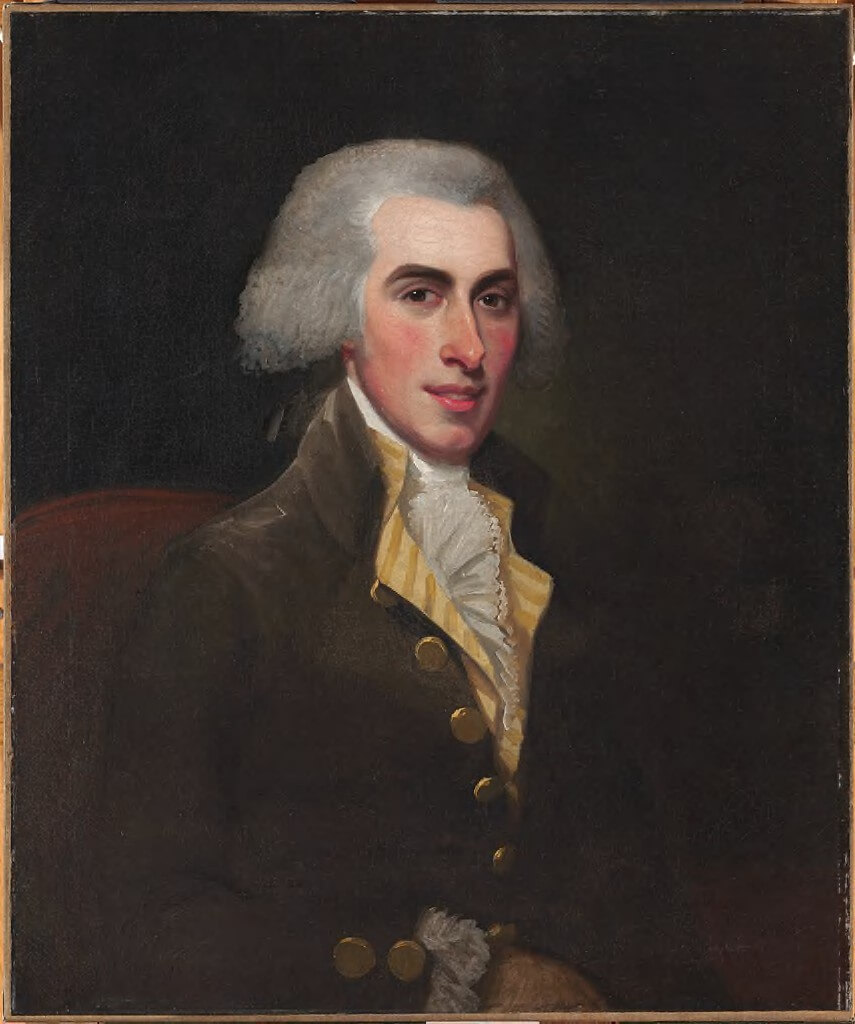Bulfinch: Boston & Beyond
Bulfinch: Boston & Beyond, recalls and celebrates how Charles Bulfinch (1763–‐1844) shaped Boston’s enduring style and infrastructure as an architect and as the city’s first urban planner. The show reception took place on July 24 at 6:30p.m. and offered attendees the chance to tour the exhibit and enjoy light refreshments. Concurrent programs ran throughout the run of the show, which concluded on October 4. The exhibit, reception and most programs was free and open to the public.
The show spans Bulfinch’s lifetime—from his early life in Boston’s West End through an initially fledgling career to the peak of achievement as a celebrated architect, urban planner and public servant. Bulfinch: Boston & Beyond illustrates the influence of the Revolutionary War on Bulfinch’s childhood and the impact of his “grand tour” of European cities on his work and architectural style. His contributions to government, institutional and private architecture in his native Boston, throughout New England and in Washington D.C. are explored, as well as his impact on land use and development in Boston.
“Bulfinch needs to be acknowledged as Boston’s first urban planner and for his noble legacy helping to transform the city into one of America’s leading urban centers,” said Curator and Museum Board President Duane Lucia. “Basically, Bulfinch put the ‘proper’ in Boston’s landscape, bringing to the city the classical and dignified elements of the major European cities of his time.”
As Chairman of Boston’s Board of Selectmen and Police Superintendent for more than 15 years, Bulfinch tackled urban planning projects and improved the city’s infrastructure and public safety. He transformed the Boston Common from largely a cow pasture into a true city park. He also led the project to fill in the old mill pond and “make land,” giving rise to a West End grid of streets that form a nearly perfect triangle—the Bulfinch Triangle.
Architecturally, Bulfinch was one of the originators of the Federal Style characterized by classical motifs paired with symmetrical and modest designs. His major contributions in Boston include the Massachusetts State House and the remodeling and expansion of Faneuil Hall. President James Monroe appointed Bulfinch to serve as Architect of the Capitol in Washington D.C., and he became the third architect of the United States Capitol Building.



